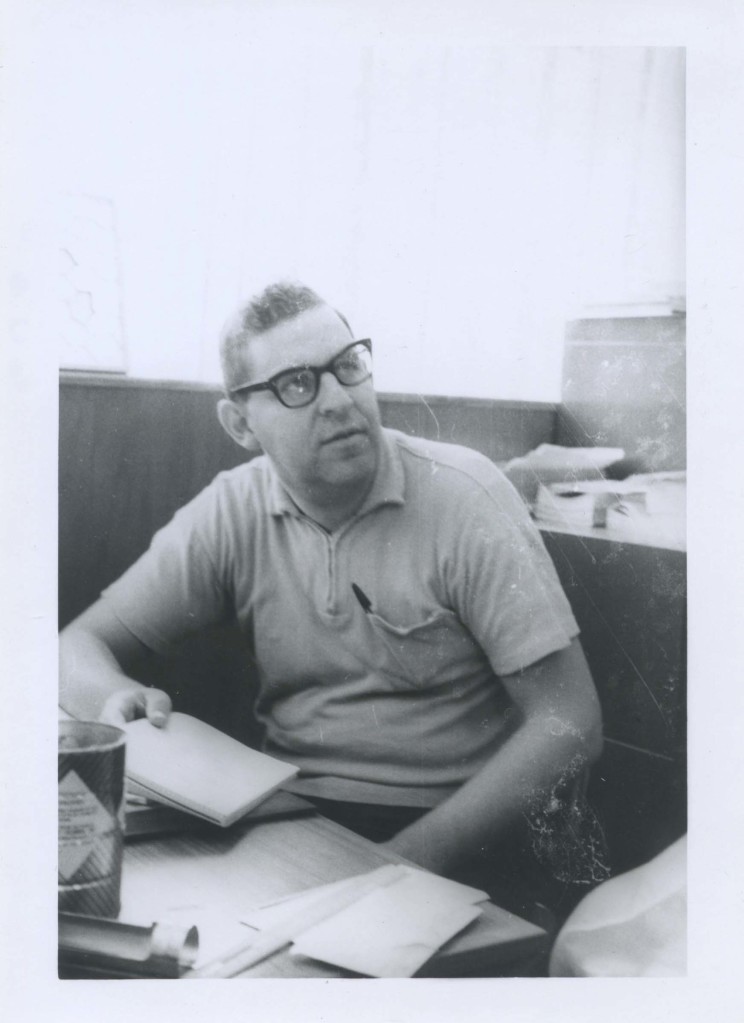It’s Herb Deutsch’s birthday today – and what better way to celebrate than listen to him talk about music, sound, and synthesizers? The co-creator of the Moog modular is featured in a just-released video and is a great professor to all of us as always. Pull up a chair.
Herb in history
First, the team at Moog Music has a video on their GIANTS series. (Disclosure: I helped contribute to another episode the same series as a journalist. You’ll see that soon enough.) It’s an epic, wide-ranging interview, from being inspired by composer Edgard Varèse to various moments in the Moog synth, including the legendary concert Herb played at MOMA that helped put synth performance on the map.
Herb matters as both composer and inventor – classically trained (Manhattan School of Music), with a history in teaching that’s actually far deeper and longer-running than his time working with Moog. It’s safe to say that all of us who worked in the New York metro area new music scene are indebted to Herb for helping develop that community and forge the lasting connections between electronic and concert music. That includes 50 years at Hofstra, co-founding the Long Island Composers Alliance, and helping develop institutional support for electronic music region-wide.
And then there’s the synth. Herb isn’t kidding when he says he’s part of musical history – not music technological history, but music history itself. The Moog modular system and its design as an instrument were made all the more ingenious by the collaboration between Bob Moog and Herb Deutsch – and like so many inventions, more minds are greater than a single one.
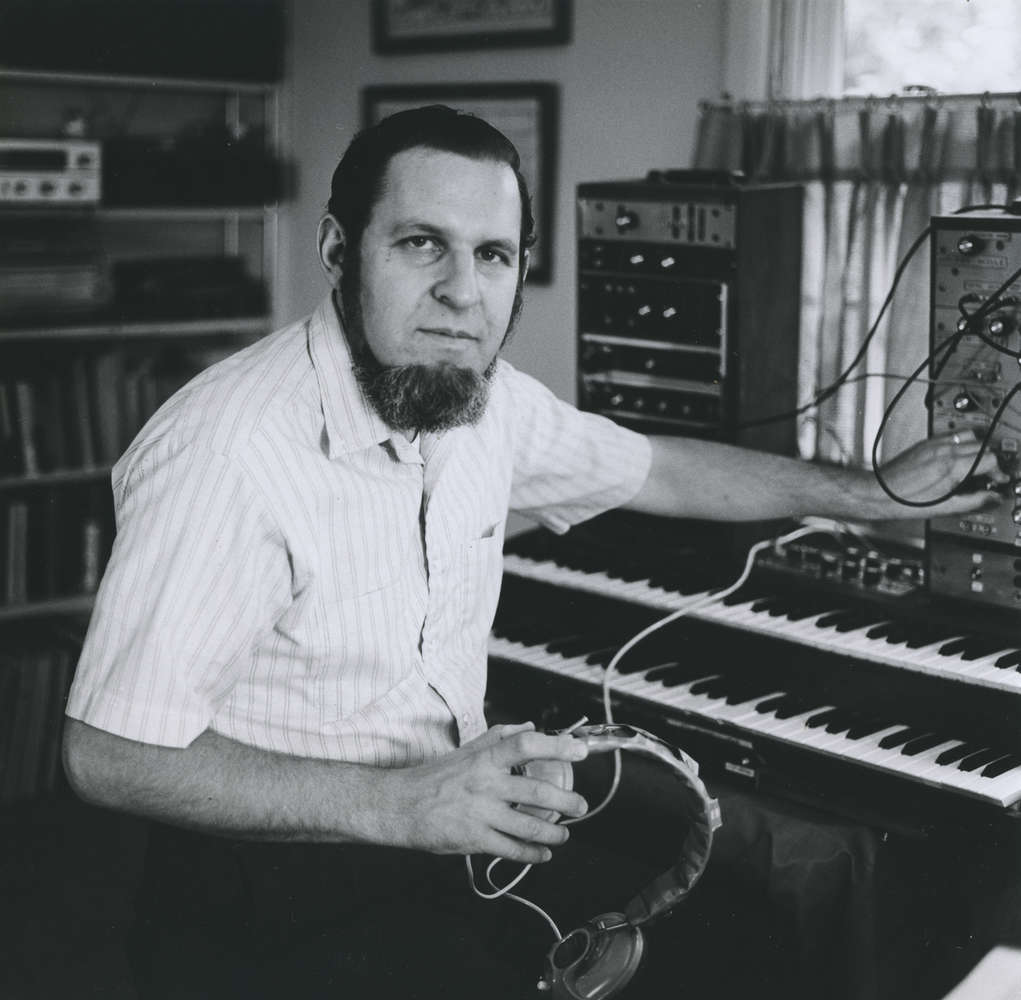
Herb is able to speak not just about the invention itself, but the larger context in music history, in what drives instrument design in general. Moog Music has posted a written interview that parallels this video one:
https://www.moogmusic.com/media/herb-deutsch-looks-back-early-days-electronic-music
It’s great to hear him talk about instrument design, not just the pianoforte (of course), but also the sax:
A simple example of musical and technical developments intersecting comes from a clarinet player named Adolf Sax, who decided to explore how technology could aide his instrument. He developed a new instrument made out of metal. It had a completely new shape and a completely different feel, but was still based in the way of playing the clarinet. And of course, he developed the saxophone, an instrument that was central to advancing a whole new style of music: jazz.
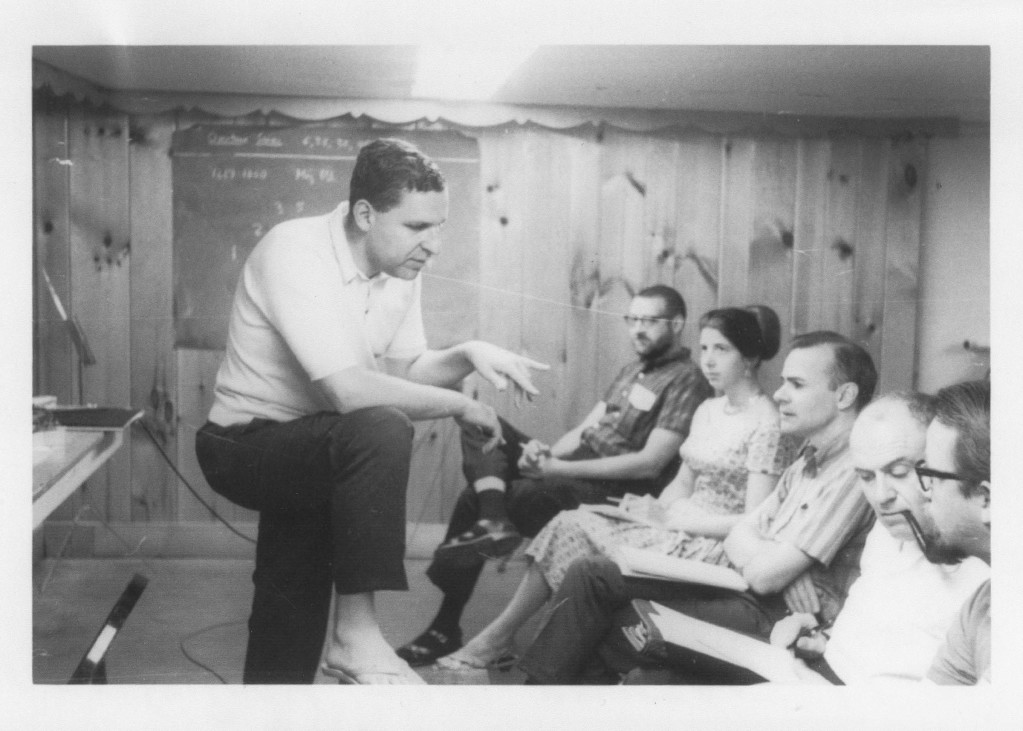
Or listen to this devoted Theremin builder talk about Lev Termen’s creation:
In many ways, the theremin was not related to the Hammond organ, but it was another move into what music can be, and introduced the idea that music can slide comfortably in and out of pitches, be stuck at places, and move dramatically at others. These are all important things that were coming out in the 1930s …
I first found it in little ways by putting together a theremin. One of my students had shown me an article that was just written by a guy named Bob Moog on building your own theremin. I read the article and thought, “this is very interesting.” I thought maybe I could do this myself, but I knew I would need the parts. So I called Bob Moog, and actually I did reach his wife, Shirley, at that time. I did what probably everyone else did, saying, “Is this the place where I can reach Mr. Mewg?” And she immediately corrected, “no, that is not the way the word is pronounced.” And I never forgot it from that point.
And whenever Herb talks, he talks about beginning not with the technology itself, but with the service of what artists want to do – and the expressive potential of what could be possible with sound. You get a sense in that interview of how that relationship developed with Bob from a design standpoint, but even as revolutionary as these things were, you can also imagine a similarly fresh approach using tools now.
Here he is talking about the genesis of the Moog Modular as an idea, from scratch:
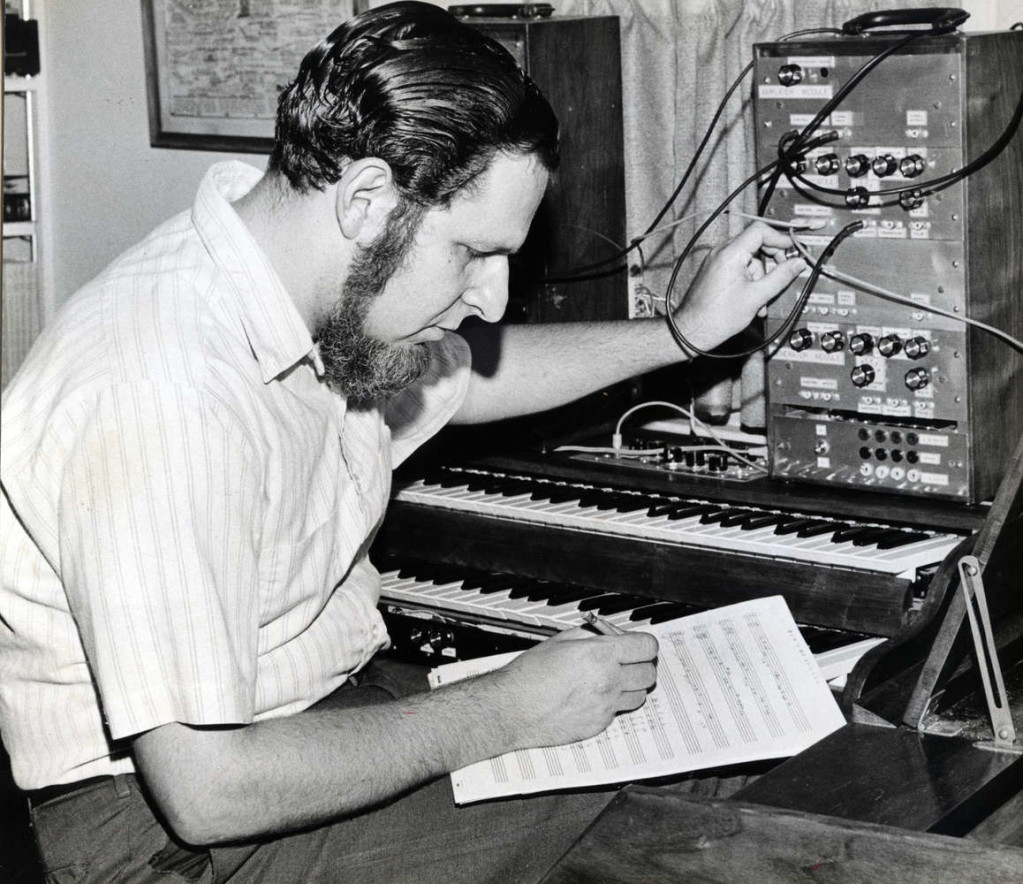
We were discussing what we hoped would become some kind of musical instrument, and the kind of musical instrument was really not certain until that summer–June of 1964. We knew that it was going to be some sort of a musical instrument device, but not exactly what it was or was not.
From the very beginnings of the time that Bob and I worked together, we understood one thing very clearly: that the designer of the instrument must understand the needs of the artist—the mind and the creativity and the thoughts of the artist, and that the artist should then recognize the designer’s ability to produce what that artist needs.
“We understood one thing very clearly: that the designer of the instrument must understand the needs of the artist.”
Herb deutsch
And then there are magical moments like this one:
By that afternoon, Bob had the instrument set up so that if I were playing a note with my left hand, and pressed the doorbell button with my right hand, the note would get a trigger, and the trigger became what would eventually be called the envelope generator. We didn’t call it that at the time, but when you pressed it, it would have an attack, and then it would have a decay.
Bill Hemsath is really the creator behind the Minimoog, even as Herb is the modular co-creator – I’ll have to see if I can just republish the interview I did with Bill now that Keyboard Magazine is assimilated. Herb does have opinions about the Minimoog, too:
And you can bet Herb was there when Moog brought back the monster Keith Emerson instrument:
Saved the best for last – the terrific Bob Moog Foundation is raffling a Herb-signed Minimoog in honor of his 90th today:
Here’s the talented and tireless Michelle with the announcement:
“The Bob Moog Foundation is thrilled to offer this rare Minimoog synthesizer signed by Herb Deutsch on the occasion of his 90th birthday,” remarked Executive Director, Michelle Moog-Koussa. “We honor Herb for his undeniable place in synthesizer history, as the catalyst who inspired Bob Moog to design the very first Moog synthesizer. Bob could not have achieved his pioneering work without Herb’s ongoing careful guidance and insight, starting with their work together in the summer of 1964, and lasting for decades thereafter. We hope the lucky winner of this Minimoog will be deeply inspired by this rare piece of history.”
I can think of no more important a moment, especially as schoolchildren struggle to bounce back with all the disruptions to learning in the pandemic. Music and electronic sound are perhaps the best tools to do that – and the most fitting way to honor Herb as an educator. The foundation’s program Dr. Bob’s SoundSchool has already reached over 20,000 elementary school students in sound science.
And if you doubt the power off that, just remember – Herb Deutsch’s entire role in history started with just reading a single magazine article about the Theremin.
The tickets are not expensive, so we all also get a shot at our own little piece of that history. (I won’t specifically endorse this, lest I fall afoul of some obscure German anti-gambling law, so I’ll just say… here is a link to some other site that may or may not have raffle tickets for a Minimoog.)
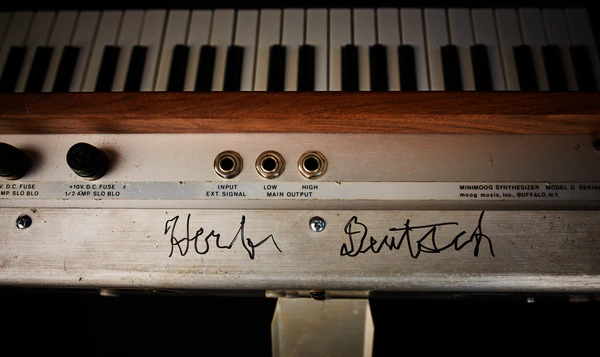
Happy 90th, Herb. We’re in your debt, and I hope we carry on music, invention, teaching, and sharing.
